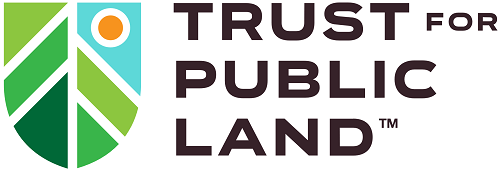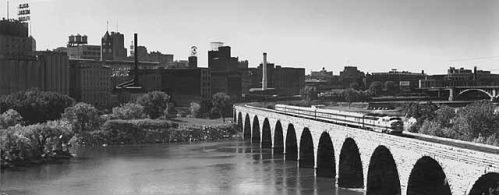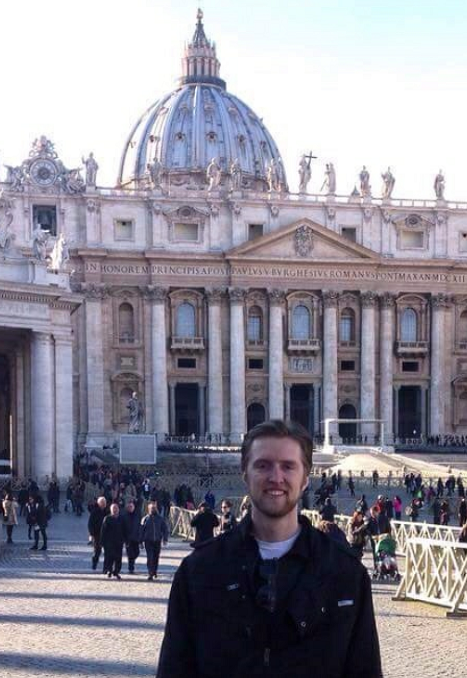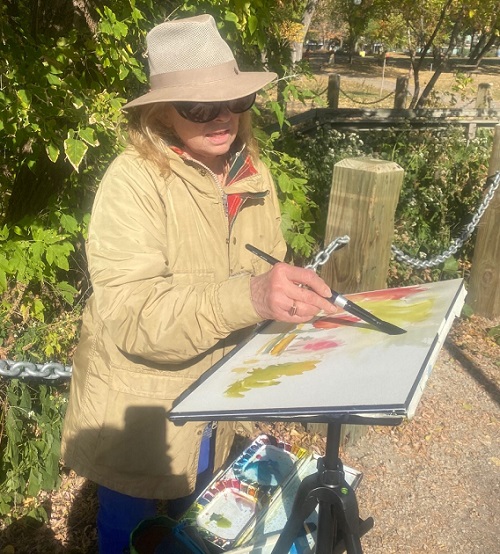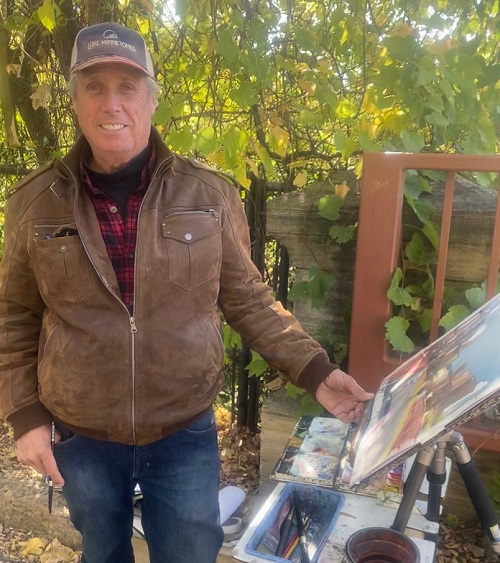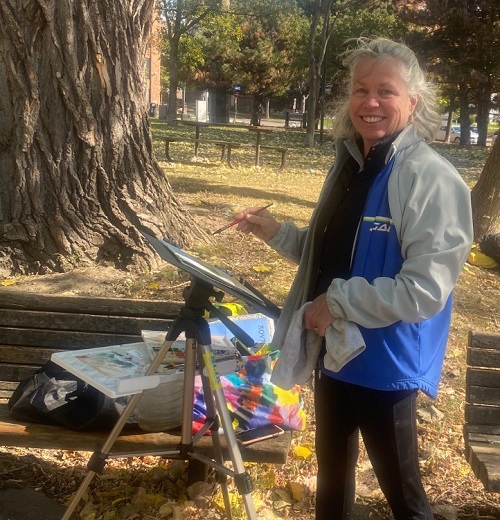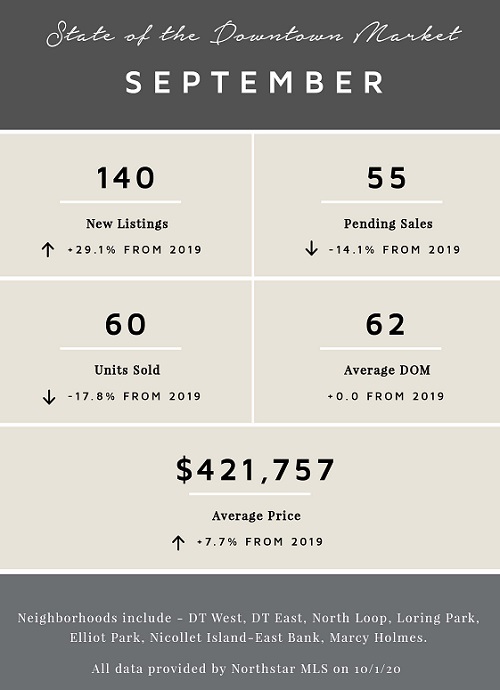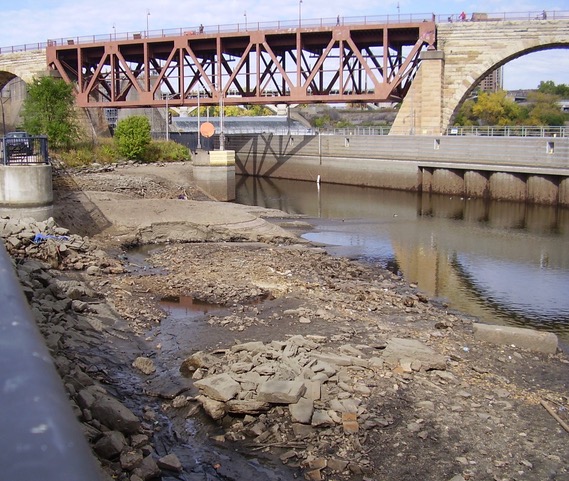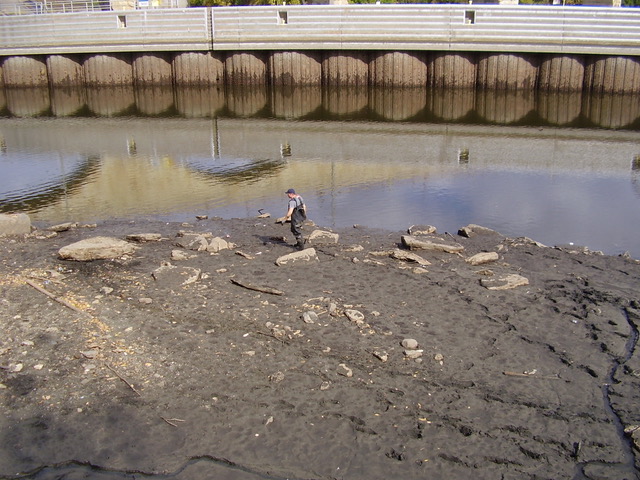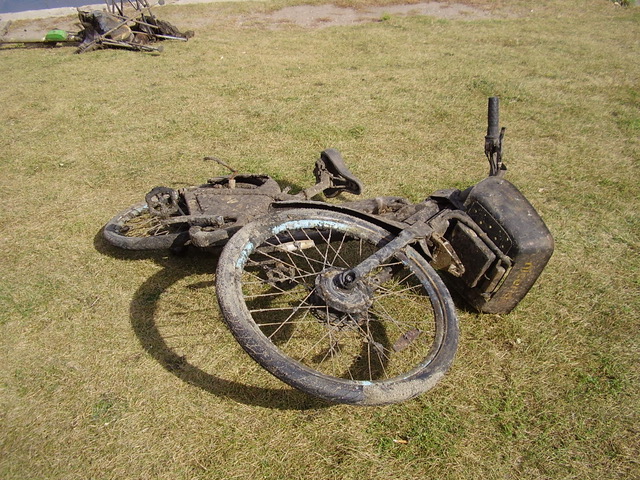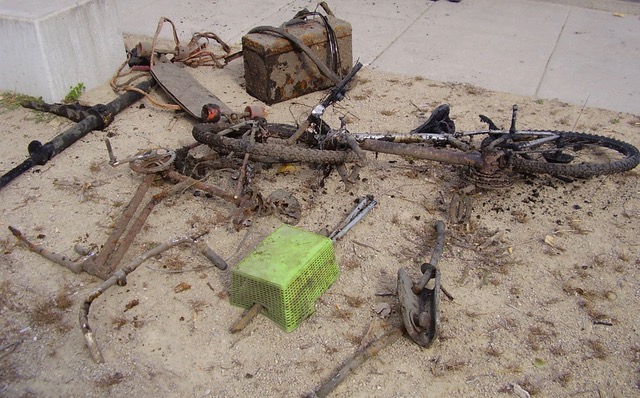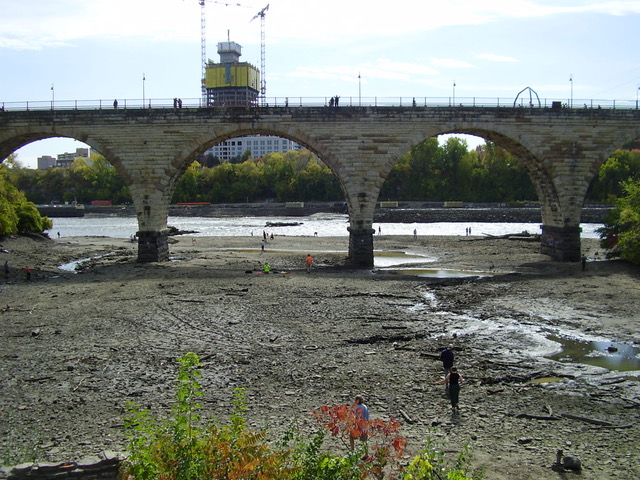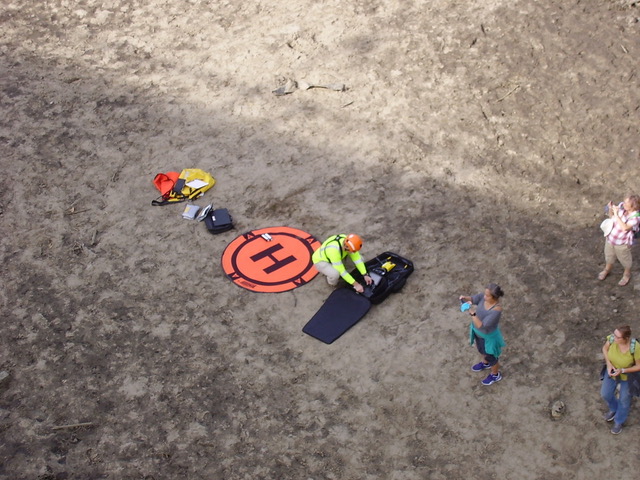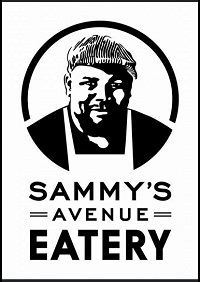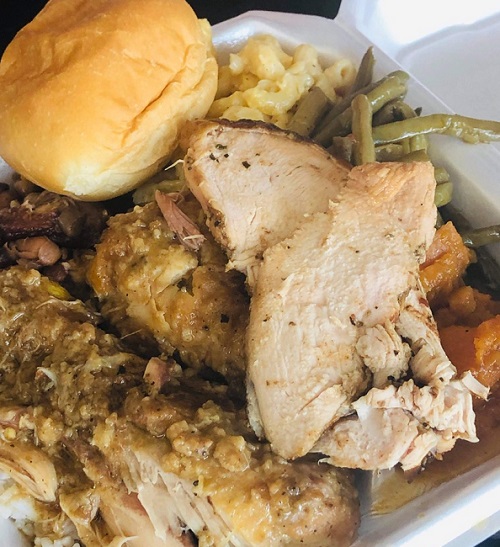
My office has received many inquiries as to the City Council’s plan regarding the future of policing and the proposed community engagement plan for public safety changes and improvements. Today the City Council voted unanimously to approve the following outline for the public to weigh in on policing, police responses, public health-oriented violence prevention, law enforcement reforms and/or changes to protocols and practices.
In addition to this plan, the Public Health & Safety Committee of the City Council has noticed a public hearing/public comment period at the start of their next meeting next Thursday, October 8 at 1:30. Information on how to participate will be shared in a separate new article below.
The process is divided into four parts:
- Phase One (October 2020 - December 2020): A community survey and public forums focused on the current model of community safety and opportunities for changes, with a synthesis of initial themes presented to the Council in early December along with a draft vision for consideration and adoption by the Council
- Phase Two (January 2021 - March 2021): Public forums where community members can review and confirm the themes and goals established in the first phase plus a deeper dive into ideas for a new public safety model to help inform draft recommendations of actions steps to realize the established vision and goals
- Phase Three (April 2021 - May 2021): Opportunities to offer feedback on draft recommendations at public forums and online
- Phase Four (June 2021 - July 2021): Recommendations will be refined and finalized, incorporating community feedback gathered throughout the engagement process, with a final report to the Council on strategies for building a new model for community safety
The process is guided by the principles of accessibility, and meaningful and inclusive engagement. It will be open to all community members who wish to participate.
Recommendations made through this process will focus on but may not be limited to intermediate policy changes, investments and partnerships that support a public health approach to community safety, alternatives to policing, and research and engagement to inform the potential creation of a new Department of Community Safety. There will be a review and analysis of existing models, programs, and practices that could be applied in Minneapolis.
This process will build on the work already underway to refine and improve our 911 response and shift certain calls for help to responders other than MPD. It will also identify resources needed to support recommendations.
Share Your Input on Public Safety at the First Public Comment Session on October 8 at 1:30pm
The Public Health & Safety Committee of the City Council has set a public comment period at the beginning of its next meeting to hear from the public about public safety.
Public safety public comment period 1:30 p.m. Thursday, Oct. 8
To comment at the committee meeting, sign up in advance on the City website.
The City has an obligation to ensure all its public meetings comply with the law and that full and fair access is available to anyone interested in participating. State statute requires us to provide a minimum of three days public notice prior to a public comment period.
Fall Street Sweeping Begins October 20
Crews will sweep streets across Minneapolis next month to clean the streets before winter to keep leaves and debris out of the storm drains and ending up in our lakes and rivers as much as possible.
On Tuesday, Oct. 20, Minneapolis Public Works will begin the big task of curb-to-curb sweeping and leaf collection on streets throughout the city. During the four weeks of the comprehensive fall street sweep, crews will clean about 1,000 miles of city streets. To make sure crews can do the best job possible, temporary “No Parking” signs will be posted at least 24 hours in advance so streets will be clear of cars when they’re swept. The first signs will be posted Monday, Oct. 19, and sweeping will begin the next day. Anyone who parks on the street will need to follow posted parking rules or their cars may be ticketed and towed.
Ways to stay informed of the parking rules:
- “No Parking” signs – City crews will post “No Parking” signs at least 24 hours before sweeping any streets. Parking will be banned from 7 a.m. to 4:30 p.m. on the day a street is swept. However, the “No Parking” signs will be removed as soon as possible after a street has been completely swept to allow people to resume parking after the signs are removed. Vehicles not in compliance with “No Parking” signs may be ticketed and towed to the Minneapolis Impound Lot.
- Social media – The City will use Facebook and Twitter to post periodic street sweeping updates and information.
- Phone calls to residents – In addition to the “No Parking” signs that will be posted the day before sweepers come through, the City will make about 3,000 automated phone calls each evening to let residents know their street will be swept the next day. There’s no guarantee that the calls will reach everyone, so residents should be sure to check the various ways to be aware of the rules, and watch for signs.
- Interactive web feature – Folks can use a feature on the City’s website to find out when the sweepers are coming through their neighborhoods. The Street Sweeping Schedule Lookup will be available on the City’s website once we get closer to the start date. The fall street sweep takes four weeks, and visitors to the website will be able to find out which week their street is scheduled to be swept. Then, on the weekend before each of the four weeks, the schedule for the upcoming week will be broken down to show which day of the week streets are scheduled to be swept.
- Videos – Street sweeping is explained in English, Spanish, Somali and Hmong on the City’s YouTube channel and on Minneapolis City TV. Residents who have friends or neighbors who speak these languages are encouraged to share links to the videos.
Clean streets mean a healthier environment
Minneapolis is known for its sparkling lakes and waterways, and we want to keep it that way. That’s why protecting and enhancing our environment is one of the City’s top priorities. Street sweeping is one way we work to protect our environment because it keeps leaves and debris from clogging our storm drains and polluting our lakes and rivers. It also helps keep our neighborhoods clean and livable.
Minneapolis streets are swept completely curb to curb with enforcement of parking rules once in the spring, and again in the fall. Residents should not push leaves, grass clippings, or other debris into City streets – it’s bad for our lakes and waterways, can cause safety hazards, and is against the law. Anything that goes down a storm drain flows directly into our lakes and river, and decomposing plant material in the water encourages the growth of harmful aquatic plants and algae.
Federal District Court Ruling Reinstates October 31 Deadline for 2020 Census
A federal court has ruled that the timeline for the 2020 Census must be extended for an additional month to Oct. 31. Due to disruptions caused by the pandemic, the original deadline of July 31 was initially extended to Oct. 31 to provide additional time to count residents, but it was later adjusted and reduced by a full month to Sept. 30.
Now with the federal court ruling, the Oct. 31 deadline is reinstated.
What does this mean?
This ruling means the U.S. Census Bureau will continue through Oct. 31 with door-knocking and following up with households that haven’t responded.
The census occurs once every decade, determining where $1.5 trillion in federal resources are distributed for transportation, housing, schools, health insurance, social service programs and infrastructure, including nearly $15 billion for Minnesota.
The data collected by the census also determines political representation. With Minnesota at risk for losing a congressional seat, a thorough and accurate census count is vital to the safety, success and future of our city and state.
We all count, so we must all be counted.
Read more.
Make Sure You’re Registered to Vote
With just weeks left to go until the Nov. 3 election, it’s a good time for everyone to make sure they’re registered.
If you’ve never voted before and need to register, now is the perfect time. If it’s been more than four years since you last voted, or you’ve moved or changed your name since you last registered, you’ll also need to re-register. Any 17-year-old who will be 18 on or before election day may also register to vote now. Minnesotans can check their voter registration status before re-registering.
As of the State primary Aug. 11, Minneapolis had approximately 260,000 registered voters. That’s about 85% of the estimated number of voting age citizens* (18 or older) in the city, which means approximately 45,000 potential Minneapolis voters are not yet registered.
Registering and voting by mail
The Centers for Disease Control and Prevention is encouraging voting early by mail to avoid contacting others during the COVID-19 pandemic. Minneapolis Elections & Voter Services supports this and other CDC and Minneapolis Department of Health recommendations to make sure every voter in Minneapolis can safely cast their ballots this election year. Voters applying to vote by mail who have not registered will get registration information with their mail ballot.
The City recommends applying for a mail ballot at least 14 days before Nov. 3 election.
Voters can also register in-person when voting early or at their polling place on Election Day. However, registering in advance of reduces the time spent there and help reduce the spread of COVID-19.
More information is available at vote.minneapolismn.gov.
*Source: U.S. Census Bureau, 2018 American Community Survey 1‐Year Estimate of Minneapolis Citizen Voting Age Population (CVAP)
Mayor Jacob Frey Outlines More Detailed Plan for Proposed 2021 City Budget
Mayor Jacob Frey has released his finalized 2021 budget proposal for the City of Minneapolis.
With a limited 5.75% maximum levy increase and 12% increase in the overall tax base growth, three-quarters of Minneapolis residential property owners will see a decrease in their property tax bill with the median-valued household set to experience a $59 yearly decrease.
Despite the COVID shortfall, Frey’s 2021 budget proposal includes a $7.2 million increase in ongoing funding for affordable housing work, his top priority. That new, ongoing support includes a major boost to the city’s Affordable Housing Trust Fund, which was previously funded at $800,000 on an ongoing basis.
The ongoing funding commitment for affordable housing represents another record-setting benchmark for Frey who has invested in housing initiatives at the highest levels in city history in both of his first two years. The ongoing funding allocation also makes permanent the Stable Homes Stable Schools initiative – a program launched by Frey that, to-date, has ended or prevented homelessness for more than 2,000 kids in 745 Minneapolis Public School families with elementary school-aged children.
To support rebuilding and recovery efforts for businesses impacted by COVID and civil unrest, Frey will be allocating $5 million in one-time TIF funding for the Commercial Property Development Fund (CPDF) along with $500,000 in ongoing funding for the CPDF, at least $400,000 in supports for the Minneapolis Forward Community Now Coalition, and $250,000 ongoing funding for the Green Energy Cost Share program specifically for economic recovery.
The budget also invests in several safety beyond policing priorities and violence prevention work, including an expansion of the mental-health co-responder program, $2.5 million for the MinneapolUS violence interrupters initiative, and $300,000 of ongoing funding to support the continued implementation of the recommendations from the Mayor’s opioid task-force, including the First Step hospital-based overdose intervention program. Funding is further expanded by $50,000 to pilot a peer recovery initiative in partnership with the Minneapolis Fire Department.
Frey utilized a combination of an enterprise-wide hiring freeze, across-the board reductions in spending, an early retirement incentive, and broad departmental reorganization mandates to maintain current service levels while minimizing layoffs to 19. As Frey explained last month during his address, the hiring freeze will allow for flexibility in future planning and annual savings across the enterprise, including over $11 million from the Minneapolis Police Department.
The Board of Estimate and Taxation (BET) voted to adopt the maximum levy Sept. 23.
A link to the 2021 budget book can be found here.
Office of Violence Prevention Developing Initiative to Interrupt Violence
You may be seeing violence interrupters out in our neighborhoods, wearing bright orange “MinneapolUS” t-shirts. The Minneapolis Health Department’s Office of Violence Prevention is developing a new initiative modeled after successful global efforts like Cure Violence. The model complements existing outreach organizations already on our streets, employing a specific approach built on the idea that violence is a public health issue. By identifying and interrupting conflicts and working to promote community healing, the initiative is intended to break the “contagious” aspects of violence such as retaliation.
How does it work?
Using informal mediation, non-physical conflict resolution and interruption expertise, trusted community members will work on our streets to stop conflicts before they happen and as they happen. They’ll also work to foster healing and mobilize communities to reject violence through strategies like awareness building, community gatherings and peace walks.
These trusted community members on neighborhood-specific teams have themselves experienced violence or are familiar with the impacts violence has on communities. They have strong relationships with young adults, neighborhood members, community leaders and service providers.
They will also work to connect people to jobs, housing, mental health and chemical dependency services, and other resources and supports.
Watch the City website for more information about this initiative and the Office of Violence Prevention as it becomes available.
More Electric Vehicle Charging Hubs Coming to Minneapolis, Saint Paul in 2021
The Twin Cities Electric Vehicle Mobility Network (TCEVMN) has been awarded $6.7 million by the U.S Department of Energy (DOE) as part of its Advanced Innovative Vehicle Technologies program. The TCEVMN, led by the City of Saint Paul in partnership with the City of Minneapolis, Xcel Energy, HOURCAR and East Metro Strong, will build 70 charging hubs in the two cities, primarily in the public right-of-way. These hubs, powered by renewable energy, will provide public charging for electric vehicles and will also host a new, one-way electric vehicle car-sharing service operated by local nonprofit HOURCAR. The award was the third largest in the DOE’s $139 million announcement and will be administered by the Lung Association.
Xcel Energy will provide up to $4 million of electrical infrastructure for the project as part of a Public Utilities Commission-approved package of electric vehicle pilots.
Read more.
Vision Zero Traffic Safety Update, More Speed Limit Yard Signs Available
This year has seen a surge in requests for community traffic safety and traffic calming along with more reports of reckless driving and speeding.
The City is committed to reaching Vision Zero: having zero traffic deaths and severe injuries on our streets. Traffic staff have been working to respond to the safety requests in a fair and equitable way while recognizing the urgency of the current challenges. Public Works is also working on updated procedures related to neighborhood traffic calming, so that community members can better understand how decisions are made. A draft of those procedures will be available for public comment this winter.
The City continues to ramp up investments in traffic safety by implementing the 2020-2022 Vision Zero Action Plan. The 2020 Vision Zero Annual Report highlights recent work including:
- Lowering speed limits.
- Launching the Vision Zero traffic enforcement working group focused on safety and racial justice.
- Preparing quick safety improvements for high injury streets including converting a section of Lyndale Avenue North from four lanes to three, and making additional safety improvements at more than 30 intersections this year.
- A capital budget request for expanded improvements in 2021 and 2022.
Pick up a “20 is Plenty” yard sign
More “20 is Plenty, Slower is Safer” yard signs are now available for pickup while supplies last. Help get out the word about new, safer speed limits. You can pick up a yard sign at four locations:
Southwest: 6036 Harriet Ave. S., at the southwest corner of 60th Street and Harriet Avenue.
Early Voting Begins for November 3 Election
Early voting begins Friday, Sept. 18 for the Nov. 3 general election. Ballots may be cast early by mail or in person at the Early Vote Center, 980 E. Hennepin Ave.
The City is mailing 114,873 requested mail-in ballots to Minneapolis voters. Voters who applied early should allow seven to 10 days for their ballot to arrive. Voters who applied this week should allow 15-20 days for their ballot to arrive.
Because of the COVID-19 pandemic, the Centers for Disease Control and Prevention is encouraging voting early by mail, and Minneapolis Elections & Voter Services supports this and other CDC and Minneapolis Department of Health recommendations to make sure every voter in Minneapolis can safely cast their ballots this election year.
Changes to voting by mail
Any Minnesota voter can vote early; no reason is needed. However, due to a recent court action, some of the requirements for voting by mail have changed. These affect witness requirements and the deadline for returning your ballot.
- If you are registered to vote at your current address you will not need a mail ballot witness.
- If you have moved, changed names or need to register for the first time, you will need a witness to sign your mail ballot envelope.
A voter’s ballot will count as long as it is postmarked on or before Election Day (Nov. 3) and is received in the mail no later than seven days after Election Day (Nov. 10). This is a change from previous election law requiring mail ballots to be received by Election Day. Please note that if voters deliver their ballot in-person to the Elections & Voter Services office, it still must be returned by 3 p.m. on Nov. 3.
For the Aug. 11 State Primary, a court decision allowed an individual voter to return an unlimited number of other voters’ mail ballots. For the general election, this decision has been reversed, and voters may only return mail ballots for up to three other voters. When returning another voter’s ballot, identification with name and signature is required and paperwork must be completed. More information on how to vote by mail is available at vote.minneapolismn.gov/voters/bymail.
Voting at the Early Vote Center
The Early Vote Center, 980 E. Hennepin Ave., makes early in-person voting more convenient for Minneapolis voters. It’s especially helpful to people who need language support or other special accommodations, such as curbside voting. While we are in a pandemic, voting early can help people avoid lines and crowds at polling places on the day of the election.
The Early Vote Center’s hours are 8 a.m.-4:30 p.m. Monday-Friday. The center will have extended hours for the final two weeks of voting, including Saturday and Sunday hours. For the last seven days of early voting, the City will open two additional Early Vote Centers. All early voting hours and locations are posted on the Elections & Voter Services website: vote.minneapolismn.gov.
Voters can save time by taking these three steps
- Make sure you’re registered to vote, or pre-register at least 21 days before the election. Voters can register or check the status of their registrations at vote.minneapolismn.gov/voters/register.
- Download and complete the absentee ballot application form in advance and bring it when you go to vote early. Find the request form at vote.minneapolismn.gov/voters/bymail.
- Look at a sample ballot ahead of time; even bring it to refer to when you go to vote. Find your sample ballot at vote.minneapolismn.gov/voters/ballot.
State law allows voters to bring materials into the polls to help complete their ballots — and the sample ballot is the single, best tool available for this purpose. By downloading and printing their sample ballots (which are customized to their specific ward and precinct), voters can practice marking their ballots. They can bring this marked-up sample ballot as a reference to the voting booth when completing their official ballots. This is the best way to reduce the time spent waiting in lines.
Elections website has a new look
Just in time for the Nov. 3 general election, the City’s Elections & Voter Services website is out with a new look and improved functionality. Check it out at vote.minneapolismn.gov.
The new features include:
- Simpler design and improved organization make it easier to find what you want.
- More compatibility with smart phones.
- Improved search tool.
Handles increased website traffic more effectively.
COVID-19 Situation Update as of September 30, 2020
Situational Updates: Minneapolis
- As of September 30, there are 10,868 cases in Minneapolis and 245 deaths. The total number of cases increased by 5% over the previous week, however there has not been a similar increase in hospitalizations and ICU admissions. Hospitalizations increased by 3% and ICU admissions by 1%.
- The average daily number of cases increased by 20 cases per day compared to the previous two weeks. Minneapolis-specific daily case counts and demographics are available at www.minneapolismn.gov/coronavirus/dashboard.
- Community transmission accounted for 25% of all cases this week, down from 40% in the first two weeks of September. Despite the recent decrease, the high level of community transmission is still concerning. Community transmission means that a person’s infection cannot be traced to a known case or a specific activity. Increased community transmission makes it more difficult to conduct effective contact tracing and prevent further transmission.
- There continues to be a high number of cases in the 18-22 year old age group. Cases in this age range represent 73% of cases among those 15-24 years old diagnosed in September. This increase has coincided with the return of college students to campuses across the city.
- The CDC has canceled the CASPER survey because of the hostile reception these teams received in Minnesota communities. Given the uncertainty of the situation and the impact the incidents had on team members, CDC decided to demobilize the entire team. Results of the CASPER survey may have led to a better understanding of how COVID-19 is spreading in Minnesota and how it is affecting people. That kind of understanding may have helped improve multiple aspects of the pandemic response.
- Mayor Frey’s Emergency Regulation No. 12 regarding masks remains in effect. The regulation requires people to wear face masks in all indoor public places.
- Mayor Frey’s Emergency Regulation No. 17 regarding bars and restaurants remains in effect. The regulation closes bar areas in restaurants, nightclubs, and indoor spaces of entertainment. Food and beverages can be served tableside while patrons are seated and patrons can approach the bar to order as long as they don’t congregate.
Situational Updates: Minnesota
- As of September 30, there are 99,134 cases in Minnesota out of over 2 million tests completed. There have been 2,036 deaths from COVID-19 in Minnesota. There are 27,728 cases and 936 deaths in Hennepin County.
- The MN Department of Health is using a color-coded map to track a seven-day rolling average of new cases in Minnesota. As of September22, the State is at17.2casesper 100,000andMinneapolisisat17.4cases per 100,000. These numbers put both Minnesota and Minneapolis in the orange category, which represents accelerated spread of COVID-19. Rates have increased significantly in both the city and the state over the past two weeks.
- Minnesota is currently in Phase III of the Stay Safe MN plan for reopening.
- Governor Walz’s statewide mask mandate remains in effect. People are required to wear masks in all indoor public places where people gather and some outdoor venues where physical distancing is difficult.
Health Incident Command updates
Businesses
- Over the last week, Health inspectors completed 79 food safety routine inspections, which included reviewing COVID-19 preparedness plans and ensuring implementation of COVID-19 safety protocols. Health inspectors also responded to three food safety and COVID-19 complaints from 311. Health inspectors connected with three businesses with reported COVID-19 positive employees/patrons to provide customized information and assistance.
- Inspectors conducted a bar sweep of 18 bars on September25 and completed two follow-up visits on September 26 to ensure that violations were addressed. The sweep was conducted in response to increasing COVID-19 cases among young adults.
- Environmental Health staff responded to a complaint at the Salvation Army indicating that residents were not wearing masks. 200 masks were distributed to help rectify the problem.
- Environmental Health staff are working with other City departments on housing options for people experiencing homelessness.
- Representatives from the State and the City, including Health Commissioner Gretchen Musicant, have met with the Vikings regarding their request to increase the number of fans at games held in U.S. Bank Stadium.
Case investigations/Contact tracing
- MHD is conducting over 50 case investigations and contact follow-ups per day for individuals diagnosed with COVID-19. Currently, there are 22investigators, including six non-MHD enterprise staff. Of the10,868cases in Minneapolis, 85.5% have been interviewed,2.2% have refused,10.2%have been lost to follow-up, and1.9% are new cases that still need to be interviewed. Twenty-six percent of interviews of Minneapolis residents are in a language other than English.
Community testing and flu shots
- On Saturday, September26, 90 people were tested at the Abubakar Islamic Center in South Minneapolis and 99 people were tested at Hennepin Avenue United Methodist Church. The latter event was focused on men recently released from incarceration but was open to everyone. On Tuesday, September29, 223 COVID-19 tests and 221 flu shots were given at Eastside Neighborhood Services.
- Going forward in2020 and 2021, MHD is exploring ways to utilize employees across the City enterprise to help support community testing events and other COVID-19 response efforts.
Halloween messaging
Thanks to Council Member Palmisano for sharing this fun Halloween resource from the Harvard Global Public Health Initiative. This interactive website provides guidance depending on color coded COVID-19 risk levels by county. Minneapolis risk level is orange which means accelerated spread. Recommended activities include a neighborhood candy hunt or trick or treat drive by.
Upcoming testing events
- Masjid An-Nur Mosque, 1729 N. Lyndale Ave. 2:30-5:30 p.m. Thursday, Oct. 1 10 a.m.-1 p.m. Thursday, Oct. 8 10 a.m.-1 p.m. Thursday, Oct. 15 Somali interpreters will be available. Register onsite.
- New Salem Missionary Baptist Church, 2507 Bryant Ave. N. 2-6 p.m. Thursday, Oct. 8 2-6 p.m. Friday, Oct. 9 Pre-registration is available soon, or register onsite.
- St. Peter’s AME, 401 E. 41st St. 2-6 p.m. Thursday, Oct. 22 2-6 p.m. Friday, Oct. 23 Pre-registration is available soon, or register onsite.
Test results are usually available in two business days.
Homeless encampments
- MNDOT closed the Hiawatha encampment on September 29. MHD staff and outreach workers helped move people from the encampment to shelters, hotels, and other safe spaces.
- The Health Department continues to work closely with the Park Board, Hennepin County, and other partners including Healthcare for the Homeless to respond to the needs of those living at encampments across the city. Healthcare for the Homeless is currently making weekly visits to all encampments to offer supplies and services including COVID-19 testing and flu vaccinations.
Personal protective equipment
- MHD continues to distribute personal protective equipment, including N95, surgical, and cloth masks as well as hand sanitizer, to community requestors. This past week, staff distributed 3,280 masks and 226 bottles of hand sanitizer. There were fewer requests compared to previous weeks, which may reflect a stabilizing supply chain for these products, although partners continue to engage in community distribution. Recipients include small businesses, religious organizations, and other community sites such as the YWCA on Lake Street which hosts a weekly food shelf and hygiene product distribution.
Find COVID-19 tips for staying well and travel guidelines on the Health Department web page.
 Thursday, October 15, 2020 at 8:56AM |
Thursday, October 15, 2020 at 8:56AM |  Kim Eslinger |
Kim Eslinger | 